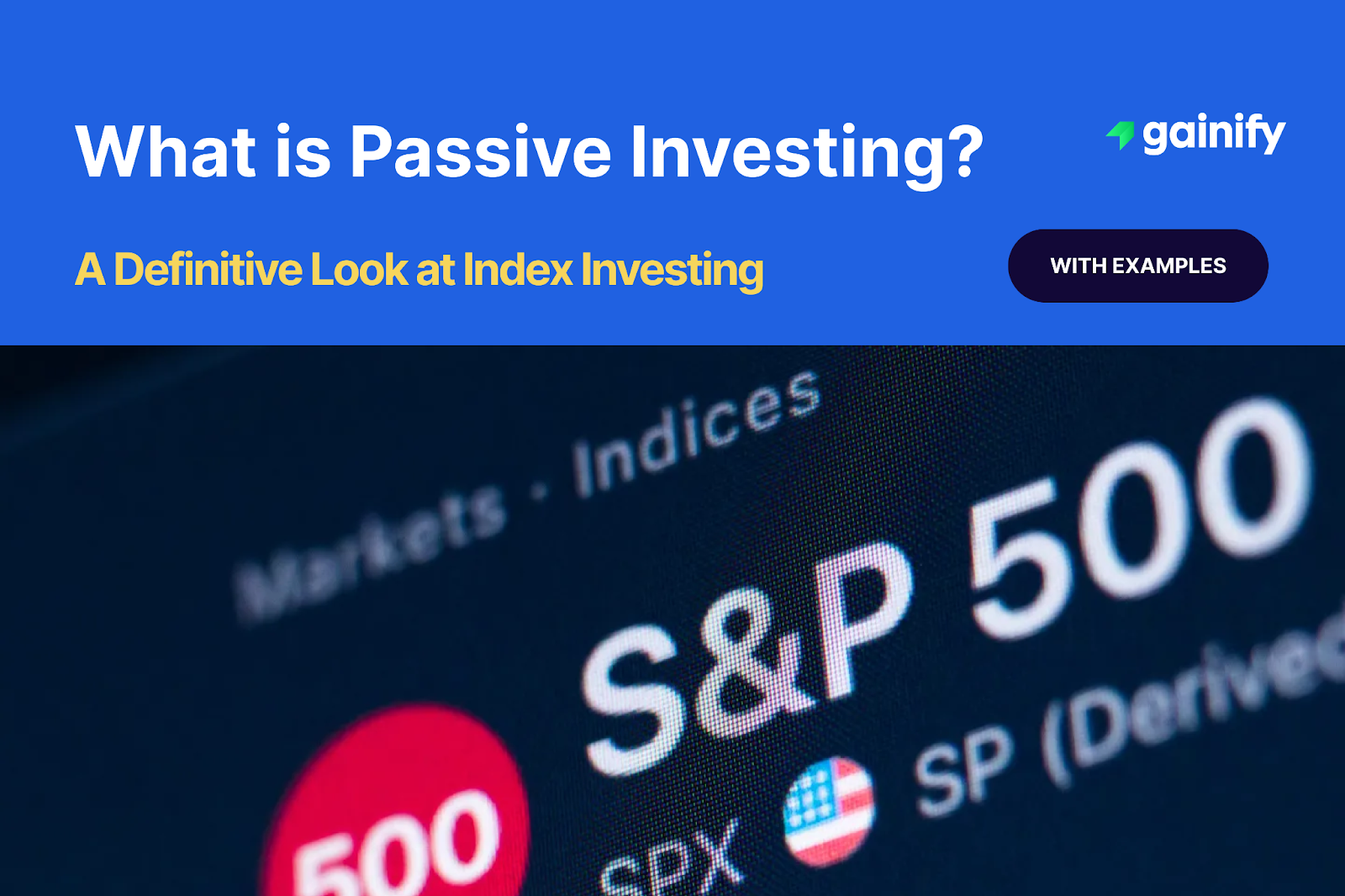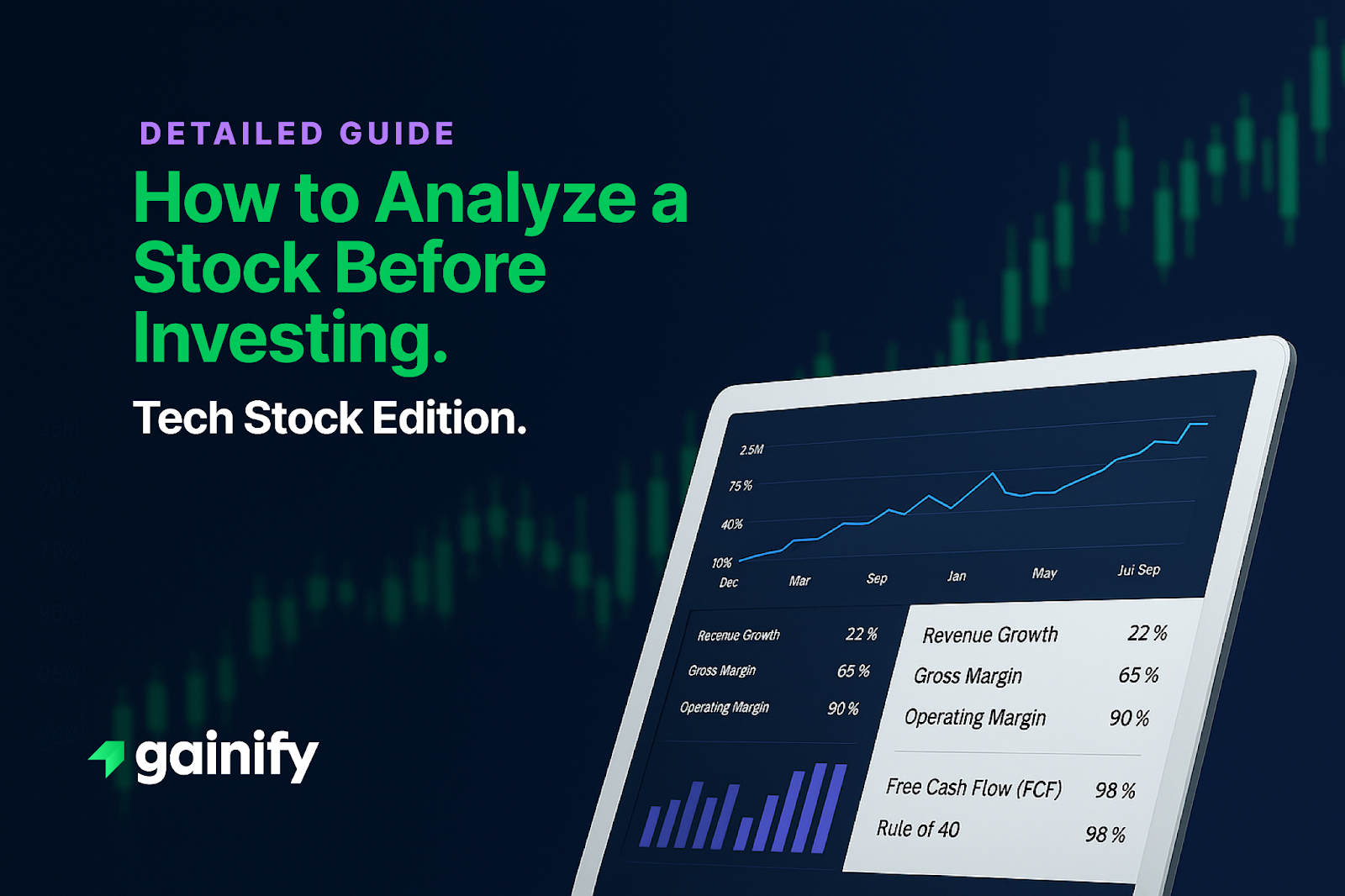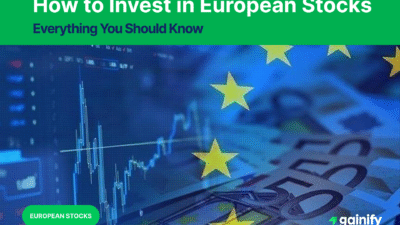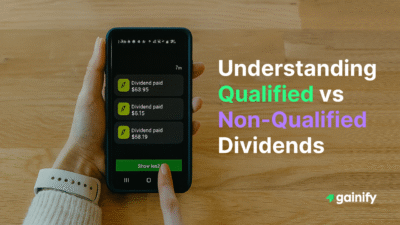Passive investing has become a cornerstone of modern financial strategy, promising a less hands-on yet potentially prosperous path to wealth accumulation.
In an era where information overload can paralyze even the most seasoned investors and even skilled active investors or their fund manager counterparts struggle to outperform consistently, the allure of a simplified approach is undeniable.
But what exactly does it entail, and how does it manage to captivate so many market participants?
Imagine a financial journey where you are not constantly battling market volatility, attempting to predict the next big winner, or spending countless hours analyzing company reports. Instead, your investments quietly grow, mirroring the broader market’s performance.
This concept, far from being a new-age fad, has deep roots in economic theory, notably the efficient-market hypothesis proposed by Eugene Fama.
It has been championed by some of the most influential figures in finance, including Warren Buffett of Berkshire Hathaway, who famously advocated for low-cost index funds for most inexperienced investors.
At its core, passive investing is about embracing the market as a whole, rather than trying to outperform it through individual security selection or frequent active trading. It’s a philosophy that champions long-term growth and diversification, allowing investors to harness the power of compounding without the constant stress of active management. This approach appeals to both novice investors seeking a clear path and experienced individuals looking to simplify their portfolios and improve tax efficiency.
The beauty of this strategy lies in its simplicity and accessibility. It offers a powerful alternative to traditional active management, where the pursuit of alpha by a fund manager can often lead to diminished returns due to high management fees and behavioral biases. As we delve deeper, you’ll discover how this elegant approach can reshape your financial future and align with your investment objectives.
The Core of Passive Investing: How It Works for You
Passive investing is an investment strategy that aims to grow your money over time by keeping trading to a minimum. Instead of trying to “beat” the market, passive investors aim to match how well a market index performs. This is mostly done by investing in index mutual funds and exchange-traded funds (ETFs) that follow specific market benchmarks, like the Standard & Poor’s 500 (S&P 500) or a global bond index. This approach is also widely known as index investing or index-style investing.
The main idea behind passive investing is that markets are efficient over time. This means all available information is quickly shown in asset prices. Because of this, consistently doing better than the market through active management is very hard, if not impossible, for most investors once you factor in costs and taxes. By accepting market returns, passive investors can benefit from overall economic growth and new ideas without needing to constantly watch market trends or do expensive research. This reliance on a specific benchmark index is a cornerstone of passive management.
Think about an investor who puts money into an S&P 500 index fund. This fund holds a wide variety of stocks from the 500 largest U.S. companies. The amount of each stock is based on its size in the market, often following a market-capitalization-weighted indexing approach, also known as a market-cap weighted approach. As these companies grow and the U.S. economy expands, the value of the index fund usually goes up. The investor effectively owns a small part of hundreds of successful companies. They benefit from all of them doing well together, without having to pick each one.
Key characteristics of passive investing include:
- Low costs: Passive funds usually have much lower fees (called expense ratios or management expense ratios) compared to actively managed funds. This is because they do not need big research teams or frequent active trading. This minimizes transaction fees and overall transaction costs.
- Diversification: By investing in an entire market index, passive investors automatically spread their money across many companies and industries within a specific asset class, such as the equity market. This lowers the risk that comes from one stock’s ups and downs, contributing to sound risk management.
- Long-term focus: This strategy encourages a buy-and-hold strategy, discouraging frequent trading that can erode returns through transaction costs and capital gains taxes. This contrasts sharply with market timing strategies.
- Less emotional stress: Not needing to constantly check the market and make decisions can help investors avoid emotional mistakes that often plague active traders. This is a key insight from Behavioral finance, a field that studies how psychological factors influence financial decisions.
- Transparency: Most ETFs and index mutual funds show their holdings daily, so you know exactly what you are invested in.
Examples of Large and Low-Cost Passive Investment Funds
Here are some of the largest and most widely used ETFs and index funds, known for their low costs and broad market exposure. These examples are primarily U.S.-focused, as they represent some of the biggest options available to investors globally. Note that Vanguard, BlackRock and State Street are prominent providers of ETFs.
Fund Name (Ticker) | Type (ETF/Mutual Fund) | Tracks Index | Expense Ratio | Assets Under Management (AUM) | Key Characteristics |
SPDR S&P 500 ETF Trust (SPY) | ETF | S&P 500 | 0.0945% | $638 billion | One of the oldest and most liquid S&P 500 ETFs, often used by institutional investors. |
Vanguard S&P 500 ETF (VOO) | ETF | S&P 500 | 0.03% | $684 billion | Extremely low cost, broad market exposure to the 500 largest U.S. companies. |
iShares Core S&P 500 ETF (IVV) | ETF | S&P 500 | 0.03% | $628 billion | Competitively priced, highly diversified, similar to VOO. |
Vanguard Total Stock Market ETF (VTI) | ETF | U.S. Total Stock Market | 0.03% | $507 billion | Covers entire U.S. equity market, providing extensive diversification across all sizes. |
Vanguard 500 Index Fund Admiral Shares (VFIAX) | Mutual Fund | S&P 500 | 0.04% | $560 billion | A low-cost index mutual fund option for S&P 500 exposure. |
iShares Core U.S. Aggregate Bond ETF (AGG) | ETF | U.S. Aggregate Bond | 0.03% | $128 billion | Broad exposure to the U.S. investment-grade bond market across various durations. |
Vanguard Total Bond Market ETF (BND) | ETF | U.S. Aggregate Bond | 0.03% | $131 billion | Diversified across various U.S. bonds, known for its low expense. |
Fidelity ZERO Large Cap Index (FNILX) | Mutual Fund | Fidelity U.S. Large Cap Index | 0.00% | Significant, part of Fidelity ZERO funds | Offers a zero expense ratio, eliminating typical management fees. |
Schwab U.S. Broad Market ETF (SCHB) | ETF | Dow Jones U.S. Broad Stock Market | 0.03% | $34 billion | Tracks a comprehensive U.S. market benchmark index, encompassing a wide range of companies. |
Note: Expense ratios and AUM can change. Always verify the latest information from the fund provider before investing.
A Different Perspective: The Case for Targeted Engagement
While passive management offers clear benefits, it is important to acknowledge that not all financial journeys follow the same path.
Some market participants argue that a purely passive approach might, at times, overlook unique opportunities or fail to adapt swiftly to significant shifts in market conditions or specific market sectors. These proponents of a more engaged approach suggest that there can be instances where careful security selection and timely adjustments can yield superior results, particularly for those with specific knowledge or a higher risk tolerance. They might point to periods of market downturns where undervalued assets become apparent, or to the potential for outsized gains from identifying disruptive technologies early on.
For some sophisticated active investors or portfolio managers, the flexibility to go beyond broad index tracking can be appealing. They might use specialized tools like futures contracts or options on Index Futures Contracts to manage risk or pursue targeted gains. This perspective, often discussed in academic circles by finance professors and championed by active managers, suggests that a skilled fund manager or investment adviser might generate extra returns, known as alpha, through strategic deviations from a benchmark index.
This view does not dismiss the core principles of diversification or long-term investing. Instead, it suggests that a smart and well-researched step away from a strict index-tracking strategy could, in certain circumstances, unlock more value. This could involve focusing on specific asset classes like real estate (including real estate investment trusts) or employing more sophisticated risk-management techniques.
However, it is crucial for investors to understand that these active strategies often incur higher management fees and may lead to higher taxable capital gains due to more frequent trading. It is also vital to distinguish standard passive funds from complex products like leveraged ETFs or inverse ETFs, which involve significantly higher risks and are not suitable for most investors.
Frequently Asked Questions about Passive Investing
What is the main difference between passive and active investing?
Passive investing aims to match market returns by tracking a benchmark index, while active investing tries to beat the market by picking individual securities or engaging in market timing. Passive investing typically has lower management fees and less active trading.
Are passive investments completely risk-free?
No, passive investments are not risk-free. They are subject to market risk, meaning the value of your investment can fluctuate with the overall equity market. However, they are generally considered less risky than concentrated active portfolios due to their inherent diversification.
Is passive investing suitable for everyone?
Passive investing is good for many investors, especially those looking for a low-cost, diversified, and long-term approach to wealth building. It is particularly helpful for people who prefer a hands-off approach and do not want to spend a lot of time managing their investments. It aligns well with long-term investment objectives and a focus on long-term investment results.
What is an index fund?
An index fund is a type of mutual fund or ETF designed to follow the performance of a specific market index. It holds a collection of investments that are similar to what’s in the underlying index. This is part of the broader investment process known as index investing.
The Investor’s Horizon: Empowering Your Financial Journey
Passive equity investing offers a powerful and reliable way to build wealth over the long term. It simplifies the investment process, allowing you to focus on your financial goals rather than daily market fluctuations.
Key Takeaways:
- Simplicity and Low Cost: Passive investing primarily involves index funds and ETFs with significantly lower management fees and transaction costs.
- Broad Diversification: You automatically spread your money across many companies or bonds, reducing the impact of any single investment’s poor performance.
- Long-Term Focus: It encourages a buy-and-hold strategy, leveraging the power of compounding without the stress of market timing or frequent active trading.
- Tax Efficiency: Less frequent trading can lead to fewer taxable capital gains.
- Market Alignment: Instead of trying to beat the market, you aim to match its performance, benefiting from overall economic growth.
Remember, the path to financial well-being is often not about intense struggle or constantly adjusting your asset allocation based on market forecasts, but about consistent, smart choices. As Nobel laureate William Sharpe illuminated with his work on Modern portfolio theory, and as Warren Buffett has continuously emphasized, smart diversification and a long-term perspective are key.
This guide helps you take control of your financial destiny with clarity and confidence. It allows your investments to work hard for you through a disciplined indexing strategy. Embrace this powerful approach and unlock your potential for enduring prosperity.




